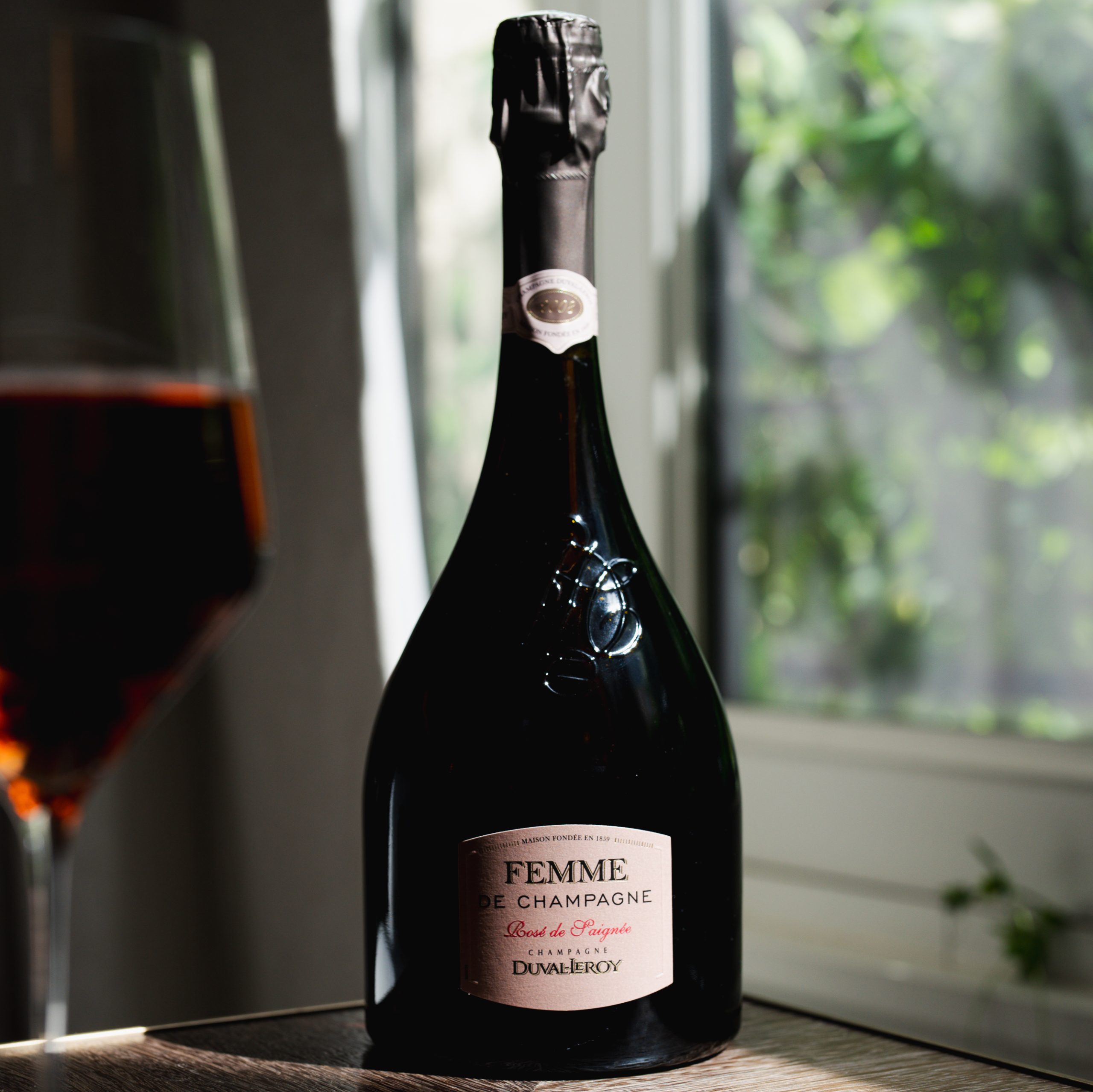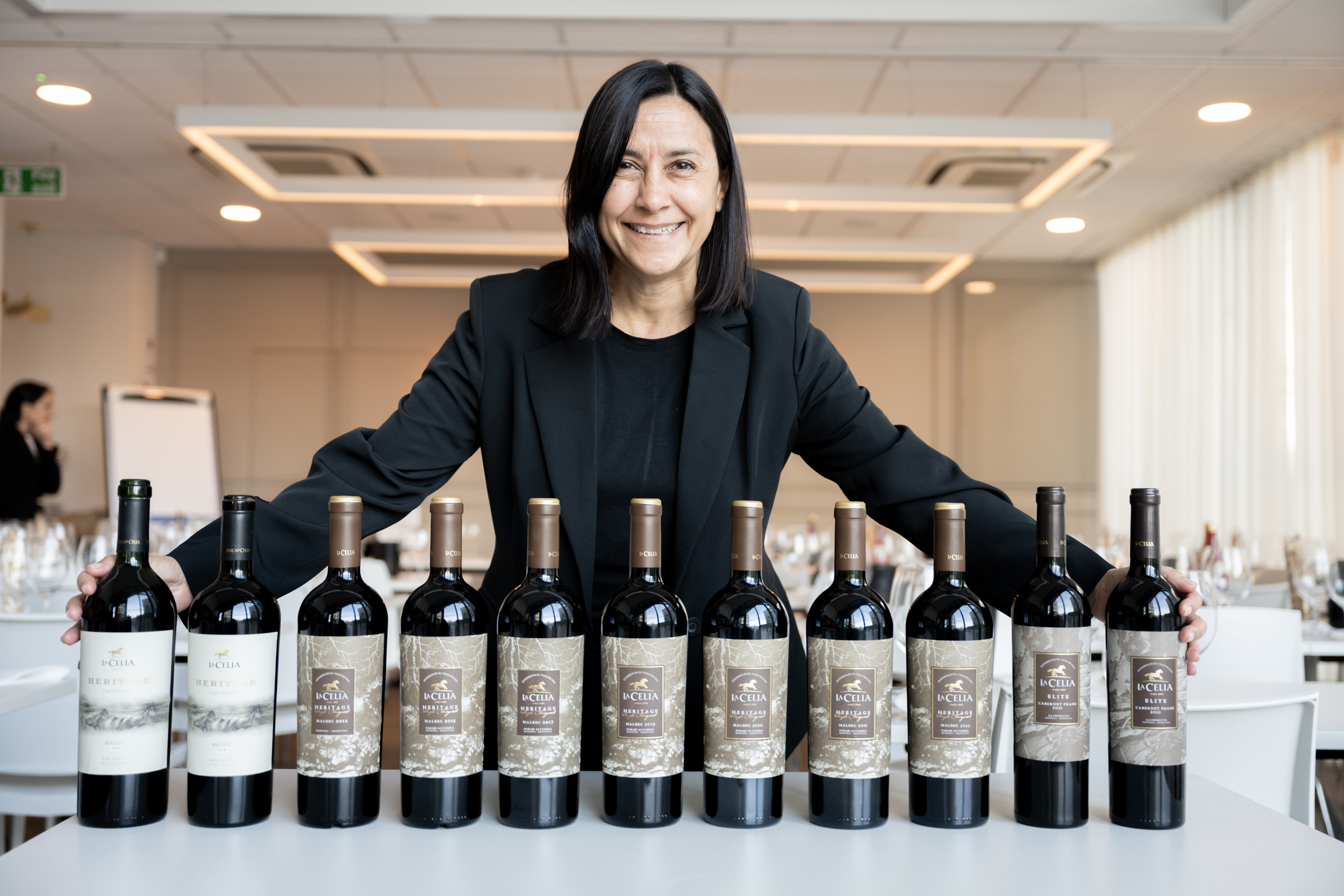Merger promises new ‘big data era’ for the wine industry
By Arabella MilehamOne of the US’s most popular consumer wine sites, Wine Folly, has merged with the Global Wine Database (GWDB) and unveiled plans to make big data about wine accessible to the industry.
Matthew Protti (CEO, BlackSquare), Madeline Puckette (co-Founder, Folly Enterprises), Ben Andrews (co-founder, Folly Enterprises), David Gluzman (CEO, Folly Enterprises)”.
The new company, Folly Enterprises, will build on the combined expertise of the two companies to provide in-depth accurate data on internationally traded wines that can be analysed in a wide variety of ways to provide interesting, accessible information, trends and snapshots of the world’s wine.
It is being headed by David Gluzman, co-founder of GWDB’s parent company BlackSquare, as CEO, and Wine Folly’s co-founder, sommelier and wine communicator Madeline Puckette.
Seattle-based Puckette launched Wine Folly in December 2011 to help consumers learn more about wine, by simplifying complex information and topic and creating easy-to-consume and pictorial content, inspired by her former career as a graphic designer. The site, which ranks in the top 10 most trafficked wine sites and receives millions of unique visitors a month, combines tips, articles, infographics, videos, and products to help people navigate the wine world. It has been recognised by the International Wine and Spirit Competition twice, with Puckette winning IWSC Wine Blogger of the Year in 2013 and being named as this year’s IWSC Wine Communicator of the Year, revealed last month.
Wine Folly’s Madeline Puckette was named the IWSC’s International Communicator of the Year in April
The Global Wine Database (GWDB) was launched in 2017, to provide one central database of information about internationally traded wines, to help wine producers communicate more easily with suppliers, importers or retailers about their wines and submit exhibition or competition entries, thereby solving the problem of having to supply the same information to different people over and over again. The information is kept up-to-date by producers themselves and can be used to provide reliable real-time information on their wines, including the data on their websites and enable them to send a link, or an extract of the information to the relevant party.
The information includes the wines’ analysis, technical details, production and maturation, vineyard conditions, level of oak, tasting notes, branding and imagery, cellaring details and other important details that are rarely included, although some of the sensitive customer-client information, such as price, remains part of the commercial terms.
New Era
Gluzman said it had become clear the two organisations had to come together to usher in a new era for the industry.
“Together we hope to bring endless new possibilities to the wine world using big data and design communication,” he said.
Combining forces is expected to hugely expand the potential for what can be done with the information and the way it is presented and applied, both commercially and academically, with the aim to “disrupt the way electronic wine information is stored and transmitted”.
Puckette said the wine industry was currently plagued by bad information and that this was “the right direction” for the global wine community.
“My goal is to help communicate this technical information to consumers, so that more people can learn about wine,” she said.
Partner Content
Potential
According to independent wine consultant Justin Howard-Sneyd MW, who has worked with the Calgary-based GWDB team since 2017, the potential is “enormous”.
“There kinds of facts are of interest to a large number of people, but people need to know different bits of it,” he told db.
“So a producer or retailer can have an API [an interface that allows software applications to communicate with one another] that provides a live-feed to link the data to your website, so if you power your website from the GWDB, when someone updates the GWDB, it automatically updates the link without any need for human intervention. So if a wine wins a medal, that can be updated in the GWDB, and the next time the stockist pulls the data, it will have the medal attached automatically.”
Non-commercially sensitive information about multiples wines could therefore be combined to provide in-depth analysis, modelling and predictive systems or long-term trends, such as finding out how alcohol levels and acidity levels have changed over time, seeing how acidity alters with the weather patterns, or predicting scores of Bordeaux according to the weather, using Wine Folly’s expertise to present this information in a more accessible, interesting and easy-to-understand format.
“The link up with Wine Folly is fantastic, as you have a really important and widely used consumer site where real people are using the data on a daily basis,” Howard-Sneyd said. “And that gives global winemakers a good reason to get their wines into GWDB so they can be accurately represented to wine consumers.”
Building momentum
GWDB already had strong coverage in the New World, notably the US, Australia and News Zealand, and is currently working on boosting its coverage in the Old World, determining how producers work and what additional information they need to share, such as palletisation, barcodes, ingredients labeling and allergen information.. It is working with a host of trade bodies and organisations such as GS1, the not-for-profit organisation that develops and maintains global standards for business communication including barcodes and retailers to determine how to best integrate these.
The site is free for producers to use but can be monetised through different levels of access to provide a revenue-stream, according to what producers and the users want it to do – for example charging a small fee for using it to underpin the information on a producer’s website. The team is also building a list of people who may be interested in using the data – from governments, who needs information for stats, to apps who want to talk about the world’s wine and get that information from a trusted source, to journalists and exhibition and competition organisers.
“Gradually you’ll see more and more activity from Wine Folly, showing what can be done with this data, and more and more producers signing up,” Howard-Sneyd said.




